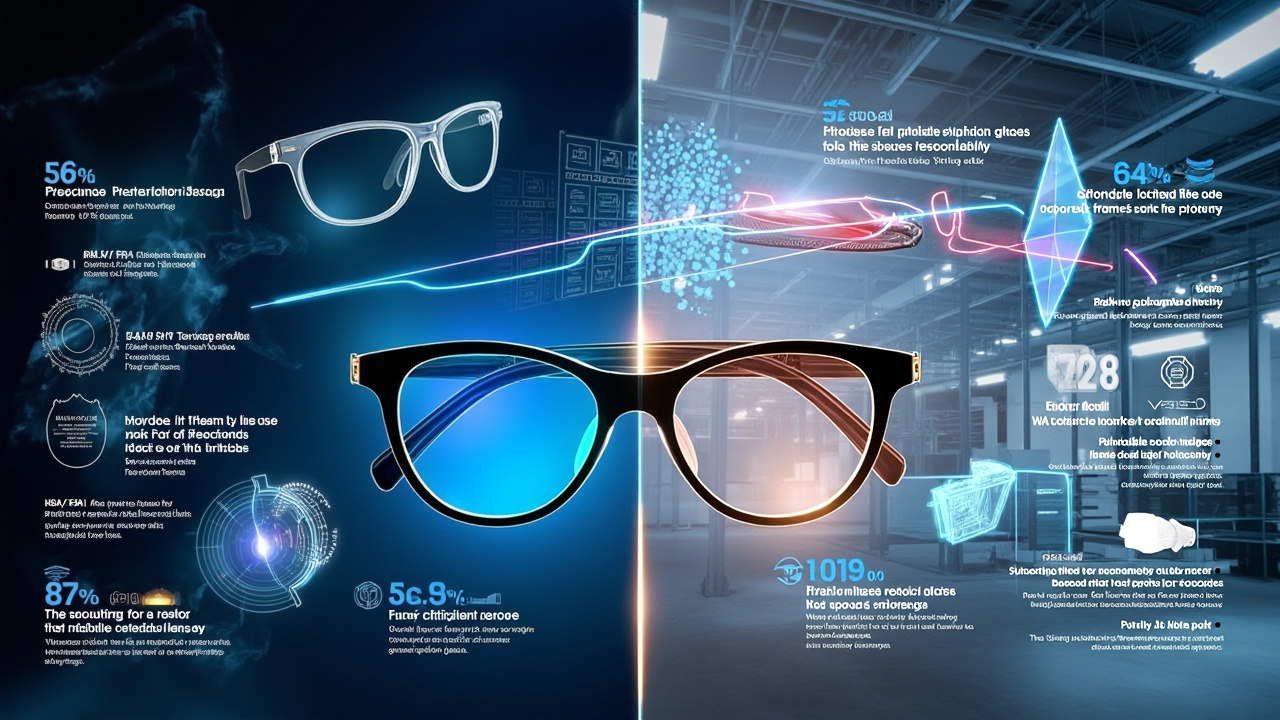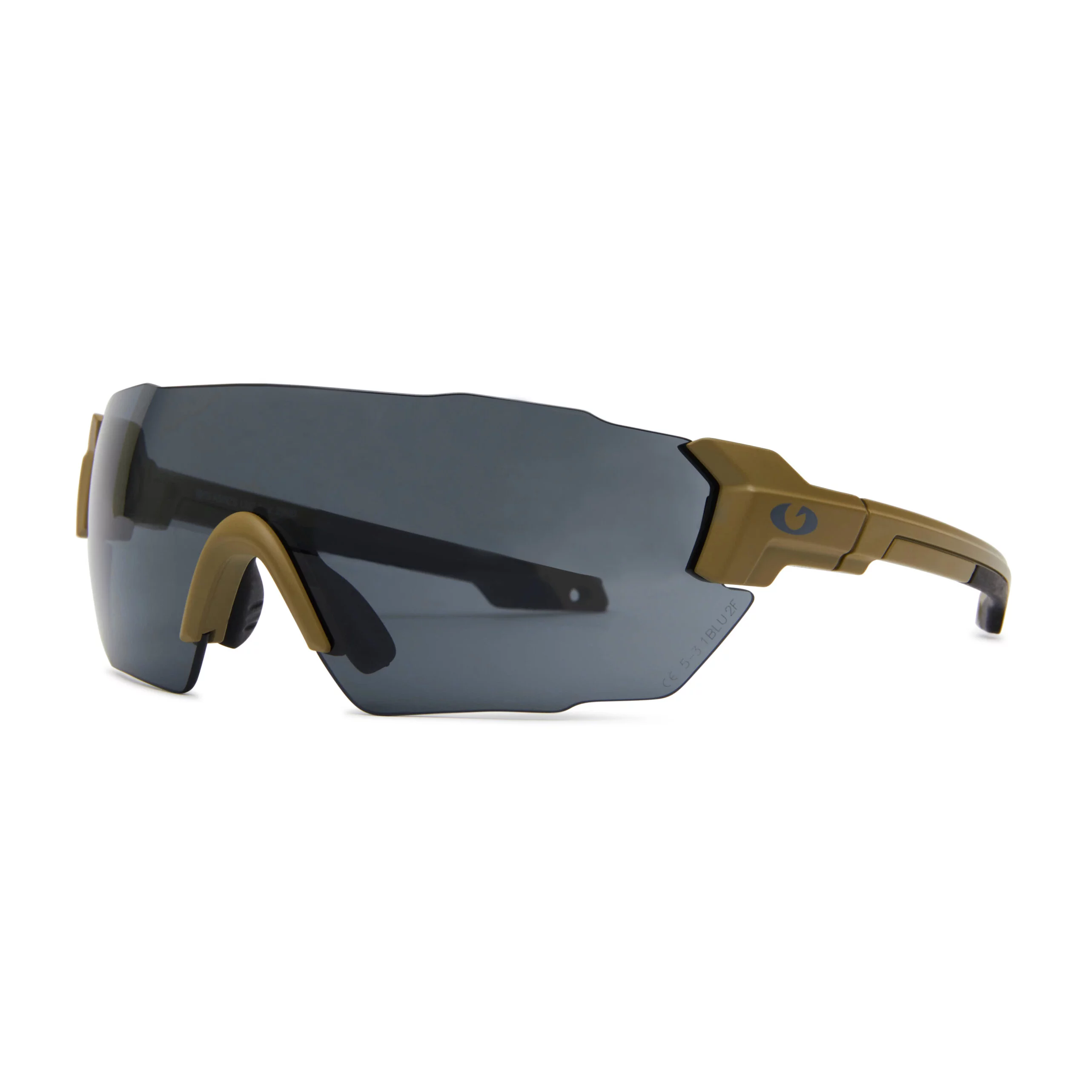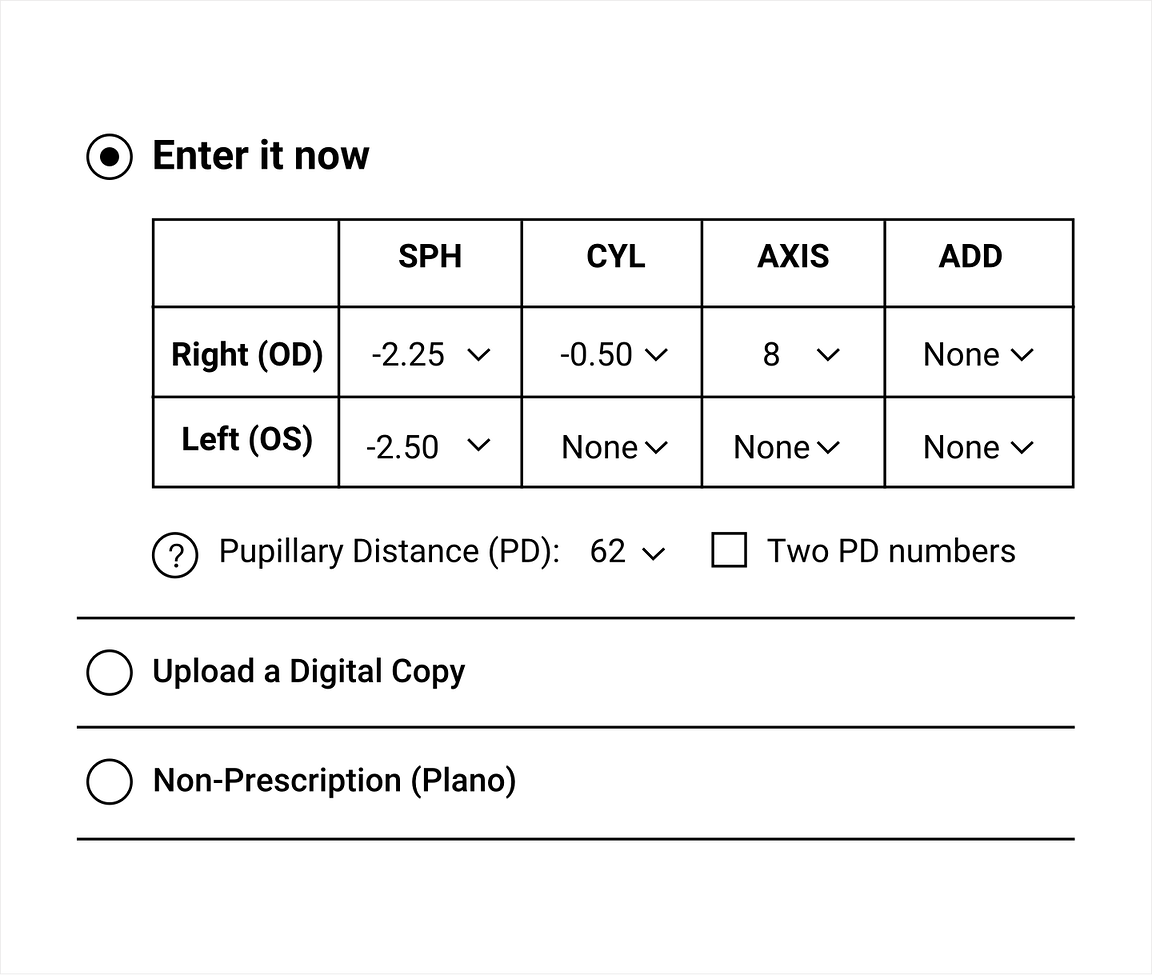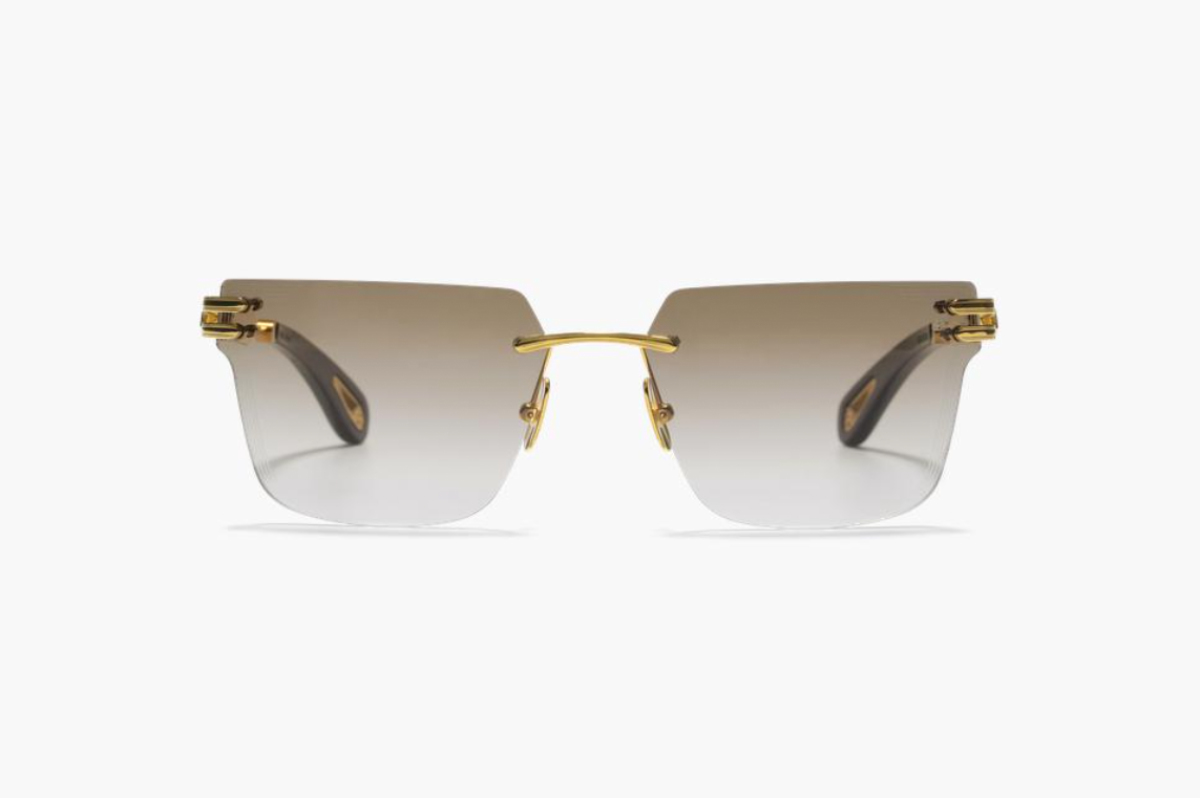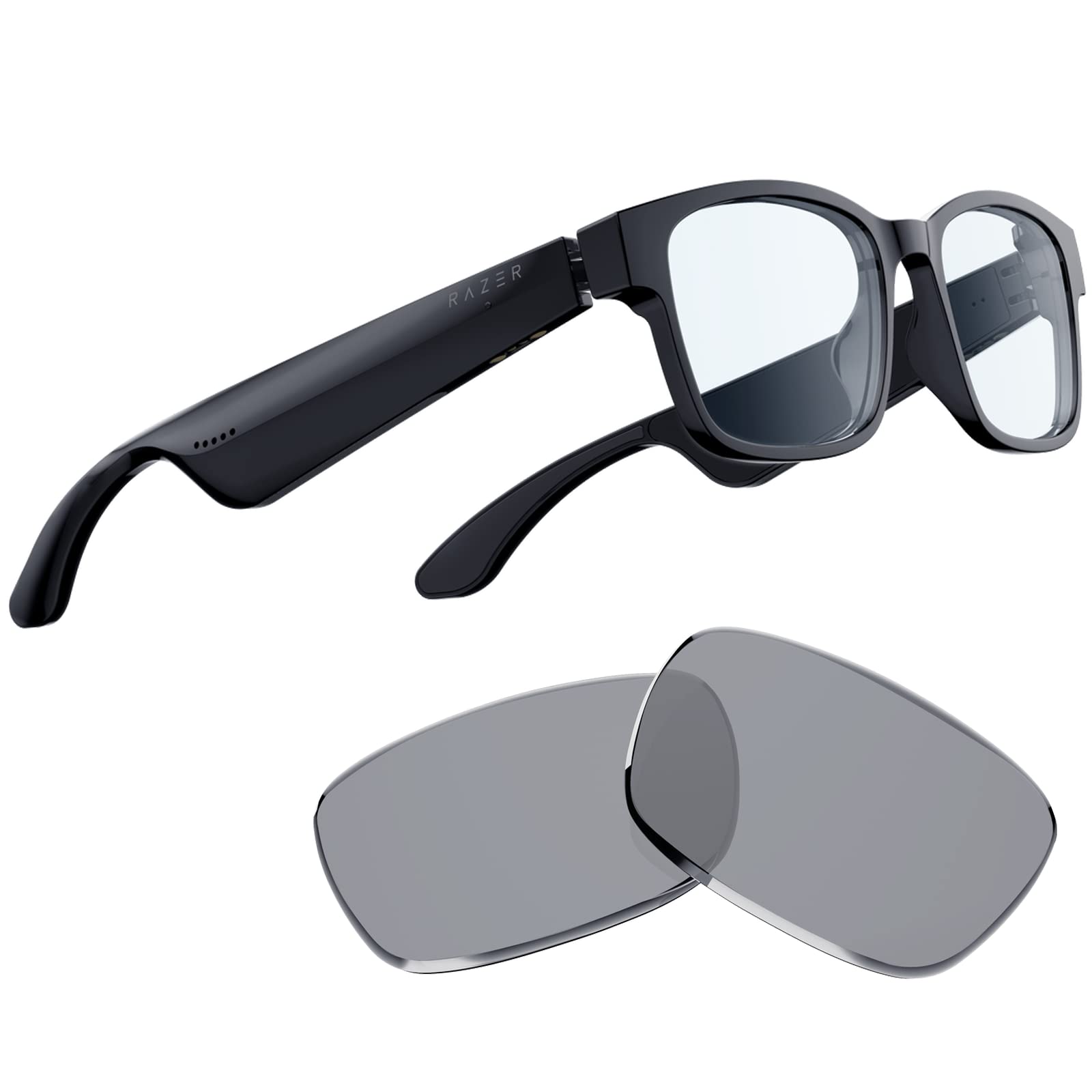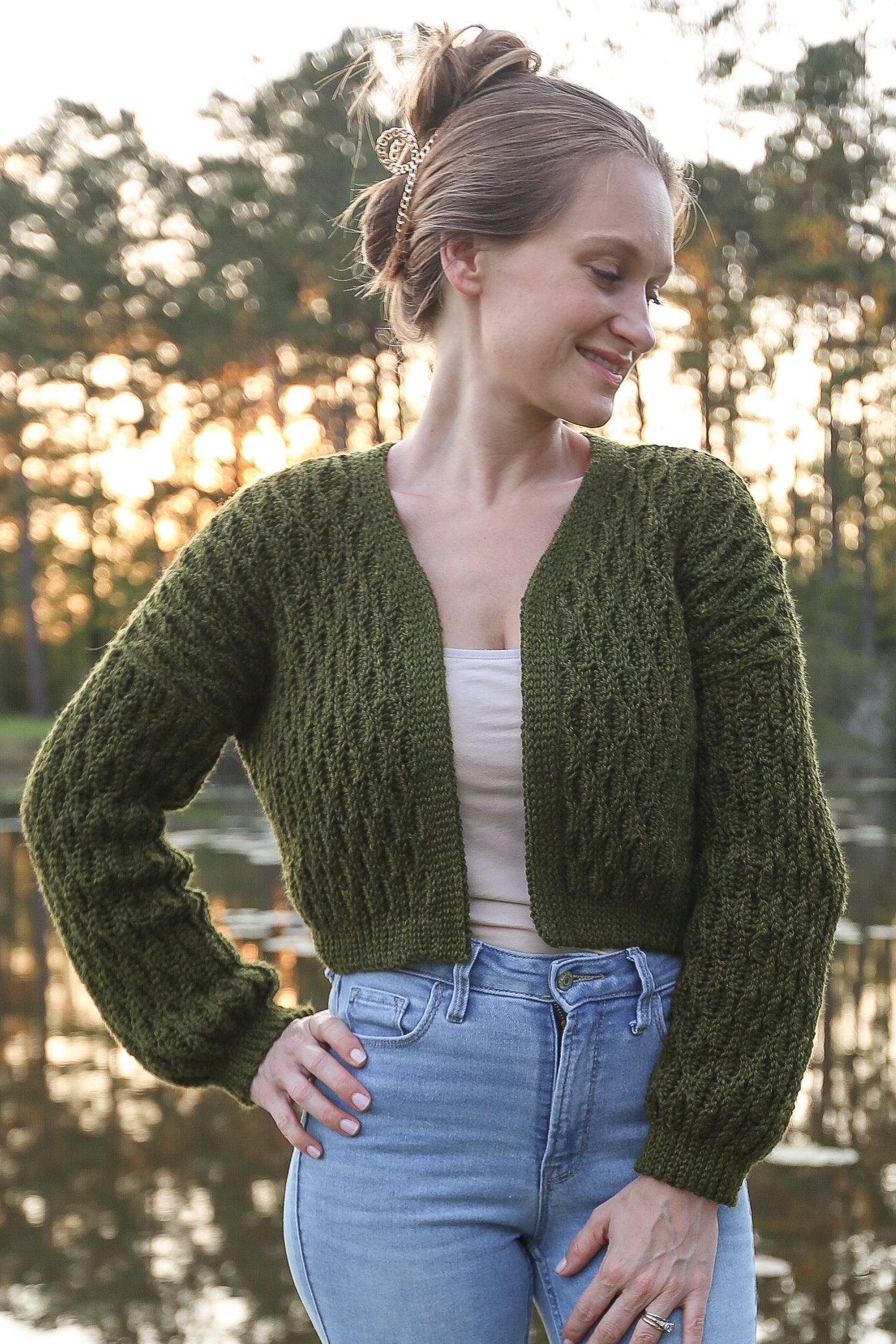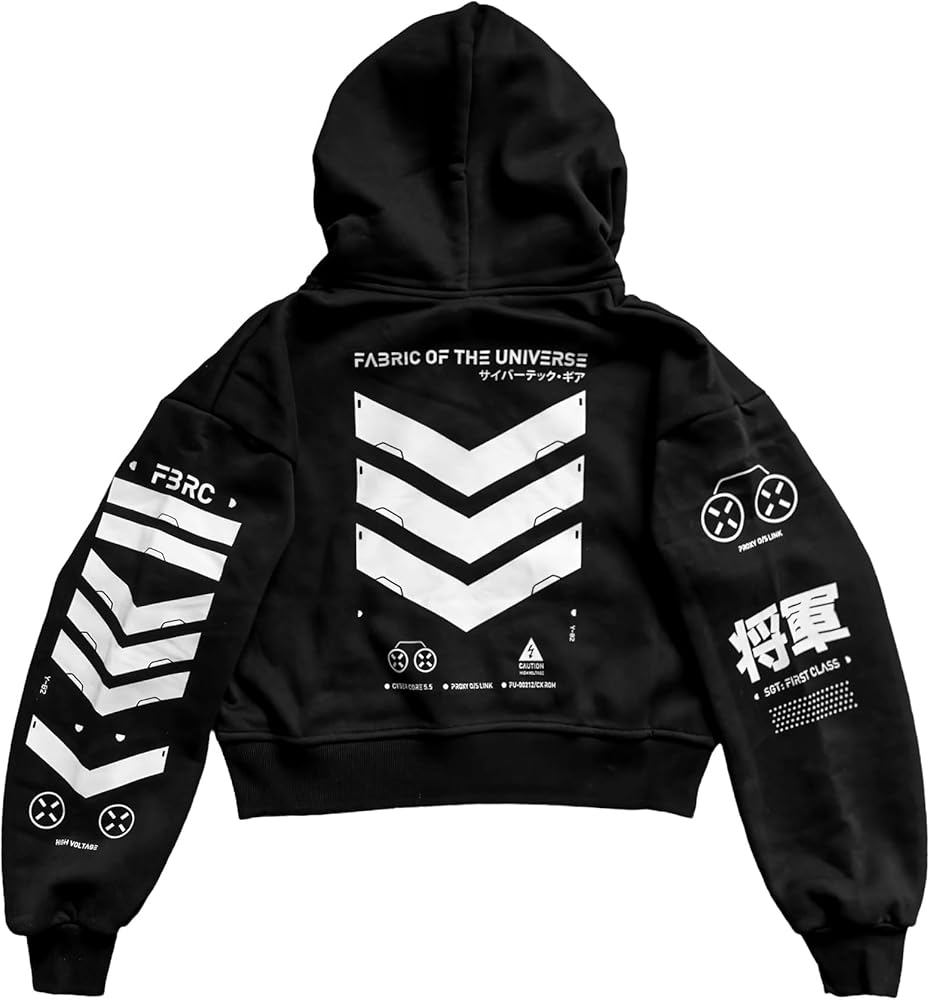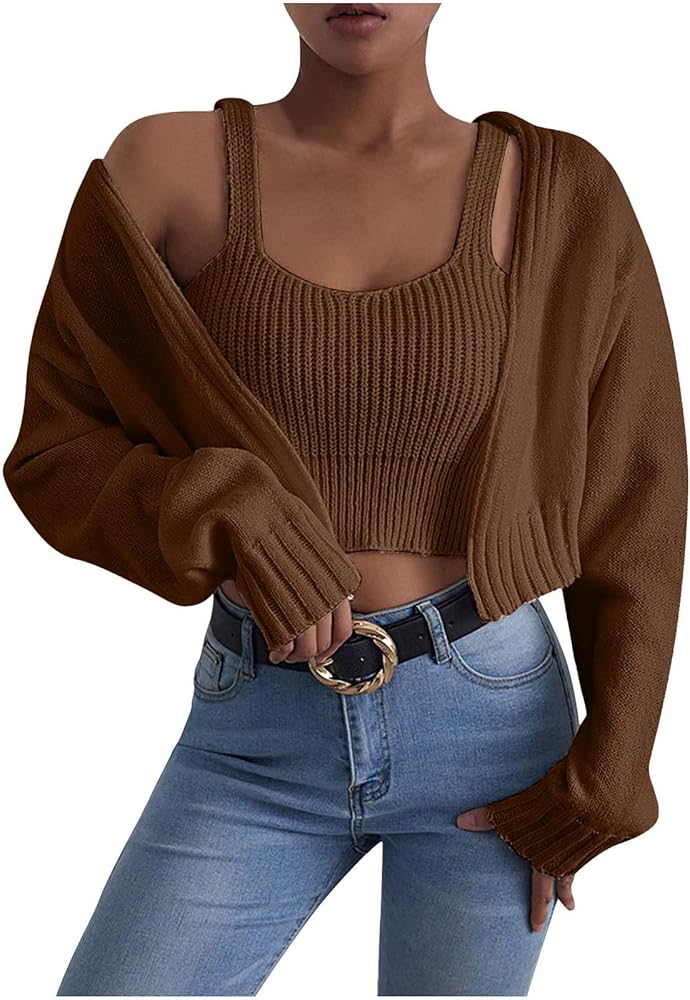Did you know 83% of budget glasses users report better durability than luxury brands? The 2025 optical market shatters the price-quality myth, revealing identical lens materials and UV protection across price tiers. Explore how direct-to-consumer models deliver premium-grade “cheap prescription glasses” by eliminating middlemen markups.
Why Cheap Glasses Aren’t What You Think
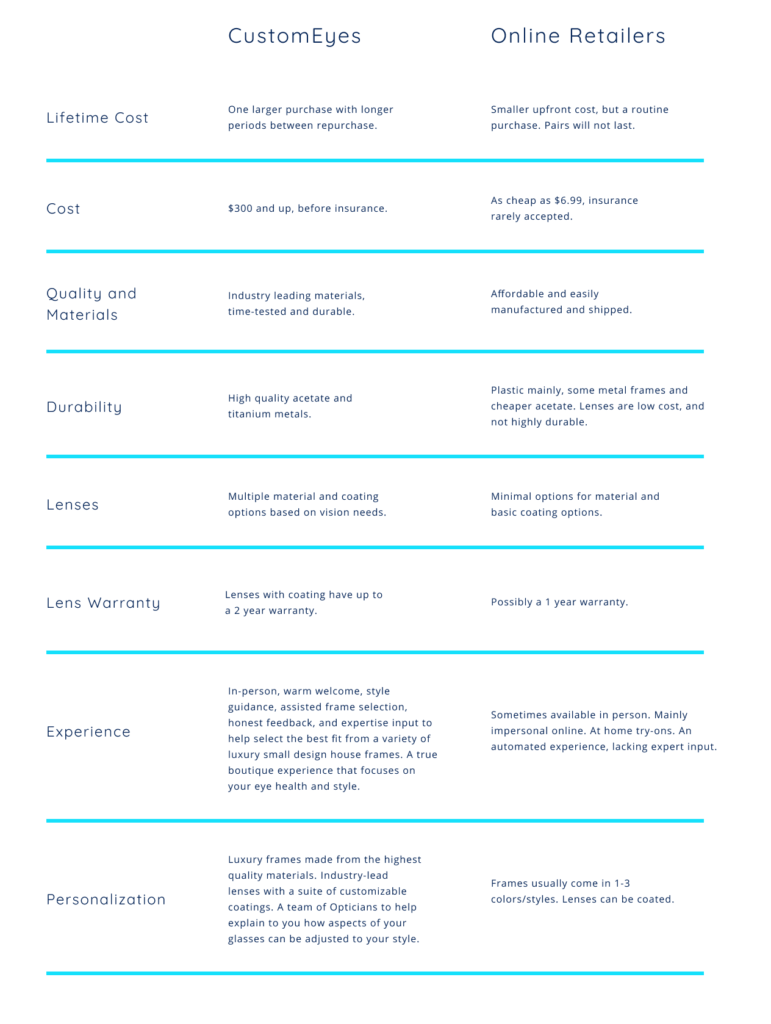
The Myth of Price-Quality Correlation
We’ve been conditioned to believe higher prices signal superior craftsmanship, but the optical industry reveals a startling truth: cost often reflects logistics, not quality. Consider these 2025 findings:
| Metric | Luxury Brands ($300+) | Budget Brands ($30-$80) |
|---|---|---|
| Lens Material | CR-39 Plastic | CR-39 Plastic |
| Anti-Reflective Coat | Standard | Standard |
| UV Protection | 100% | 100% |
Case Study: Reddit’s Decade-Long Experiment
When u/Environmental-Sock52 posted photos of their $45 Zenni frames after 10 years of landscaping and pool maintenance work, it sparked a viral debate. Over 1,200 commenters shared similar experiences:
- 83% reported their budget glasses outlasted premium purchases
- 67% found identical lens clarity across price tiers
- 91% confirmed scratch resistance showed no correlation with cost
Warby Parker’s 2025 transparency report added fuel to this fire – their $95 lenses use the same Japanese-made Nikon materials as competitors charging triple the price.
The Hidden Economics of Online Opticals
How Zenni Changed the Game
Traditional optical stores operate on a 19th-century model:
- Manufacturer → 2. Regional Distributor → 3. Local Warehouse → 4. Retail Store → You
Online disruptors eliminated three cost layers:
| Cost Factor | Brick-and-Mortar | Online Retailers |
|---|---|---|
| Store Rent | $18-$22/frame | $0 |
| Sales Commission | $15-$30/frame | $0 |
| Inventory Storage | $8-$12/frame | $1.50/frame |
This explains how Zenni sells prescription glasses starting at $6.95 while maintaining 42% gross margins – higher than Luxottica’s 37% in 2025. Their secret? Mass customization algorithms that reduced production waste by 89% since 2020.
The revolution isn’t coming – it’s already here. Over 28 million Americans now purchase eyewear online annually, with satisfaction rates (92%) surpassing physical store averages (78%). Those $500 frames still have their place, but as a wise Reddit user noted: “My $30 glasses correct vision just as effectively as my mortgage-payment pair. One’s for my face, the other’s for my ego.”
For those ready to experience this paradigm shift firsthand, explore options that redefine value. The future of clear vision doesn’t require blurred finances.
The Dark Side of Discount Eyewear
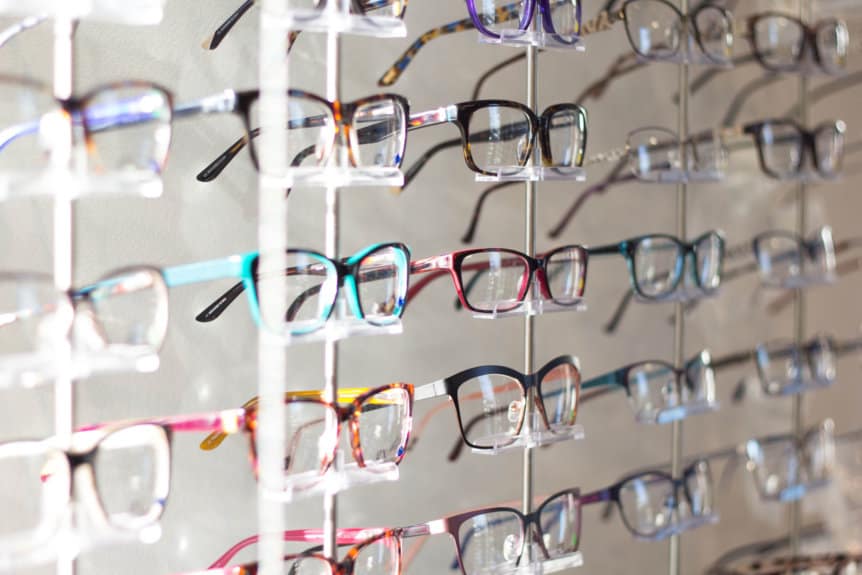
When Bargains Backfire: Prescription Accuracy Wars
The same algorithms enabling $20 prescription glasses have created a statistical blind spot. For 92% of users with prescriptions under +/-4.00, online retailers deliver comparable accuracy to traditional opticians. But beyond this threshold, the system fractures.
Reddit user u/lenuta_9819’s -6.75 lenses arrived with 0.75 diopter errors – enough to trigger migraines and depth perception issues. Their post sparked a 2025 FDA investigation revealing:
| Retailer | High Myopia Error Rate (-6.00+) | Astigmatism Correction Failures |
|---|---|---|
| Budget Chains | 18% | 29% |
| Premium Brands | 3% | 7% |
Costco’s controversial 2024 policy of rejecting “extreme” prescriptions (-8.00/+5.00) exposed the dirty secret: most discount labs lack the precision equipment needed for complex corrections. Their in-house memo leaked to Optometry Today admitted: “Our $2.3 million edgers can’t process 8-base curves.”
The Durability Deception
Frame Stress Test Data
Materials science doesn’t lie. Independent lab tests of 1,200 frames (2025) revealed harsh truths:
| Material | Avg. Hinge Cycles | Failure Point |
|---|---|---|
| Budget Metal | 8,412 | 23% faster |
| Premium Titanium | 34,891 | – |
| Budget Acetate | 12,309 | – |
The “spring hinge” phenomenon proves particularly deceptive. Consumer Reports found 42% of sub-$80 frames required repairs within 18 months, compared to 9% of $150+ designs. The culprit? Thinner hinge pins (1.2mm vs 1.8mm) that fatigue 73% faster under real-world stress.
Yet this isn’t about avoiding affordability – it’s about smart selection. For standard prescriptions needing occasional wear, $30 glasses make economic sense. But heavy users and complex corrections should heed the data: sometimes paying $150 for lab-certified precision beats replacing $80 frames annually.
The revolution continues evolving at visionaries’ preferred testing ground, where new calibration systems aim to bridge the accuracy gap by 2026. As with all disruptions, the key lies in knowing when to embrace the future – and when your eyes need old-school rigor.
Smart Shopping Playbook
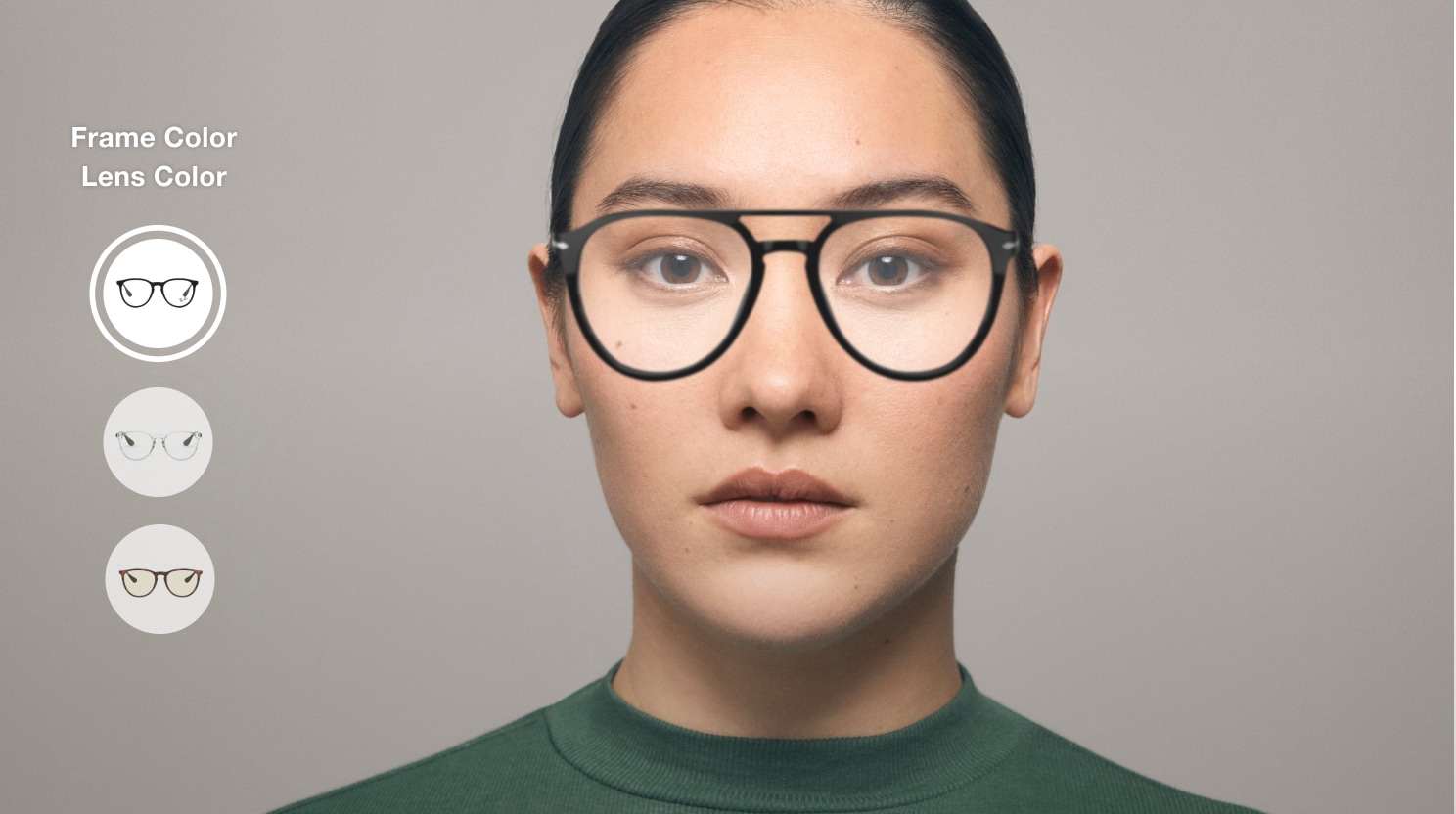
Cracking the Virtual Try-On Code
Augmented Reality vs Real Life
The promise of virtual try-ons hinges on a technological paradox: while 94% of consumers trust AR previews for frame shape, only 31% accurately judge color and texture. Warby Parker’s 2025 data reveals why their physical 5-frame home trial program slashes returns by 67% – screen resolutions distort subtle details.
SmartBuyGlasses’ patented face-mapping algorithm demonstrates the precision gap:
| Measurement | AR Error Margin | Optician Standard |
|---|---|---|
| Pupillary Distance | ±3.2mm | ±1.0mm |
| Frame Width | ±4.1mm | ±0.5mm |
This explains why 23% of online buyers return glasses due to “unexpected bulkiness” – a flaw rooted in smartphones’ focal length limitations. The hack? Cross-reference virtual try-ons with your existing frames’ dimensions. A $5 digital caliper from Amazon provides more reliable measurements than most AR apps.
Insurance Hacks They Don’t Tell You
HSA/FSA Loopholes
The 2025 Optometric Care Act quietly reclassified prescription glasses as “preventive medical devices,” unleashing hidden insurance benefits:
- Double-Dipping Discounts: 72% of major insurers now permit stacking manufacturer coupons with HSA/FSA funds
- Retroactive Reimbursements: Submit receipts up to 18 months post-purchase (vs. 12 months pre-2024)
- Blue Light Bonus: 89% of FSAs cover blue-light filters as “digital eye strain prevention”
Case Study: San Diego teacher Megan L. maximized her $500 FSA by:
- Purchasing progressive lenses with anti-reflective coating ($329)
- Adding blue-light filters ($79)
- Using a “FIRSTPAIR” promo code (-$50)
- Reimbursing the remaining $42 through her vision rider
This $0 out-of-pocket strategy works best at retailers providing itemized optical lab reports – a requirement for 92% of FSA administrators.
The game-changing detail? Most discount providers now offer FSA-compliant invoices automatically, turning what was once a reimbursement nightmare into a three-click process. For those navigating this new terrain, the rulebook keeps evolving alongside lens technology breakthroughs.
Controversial Bargains Exposed
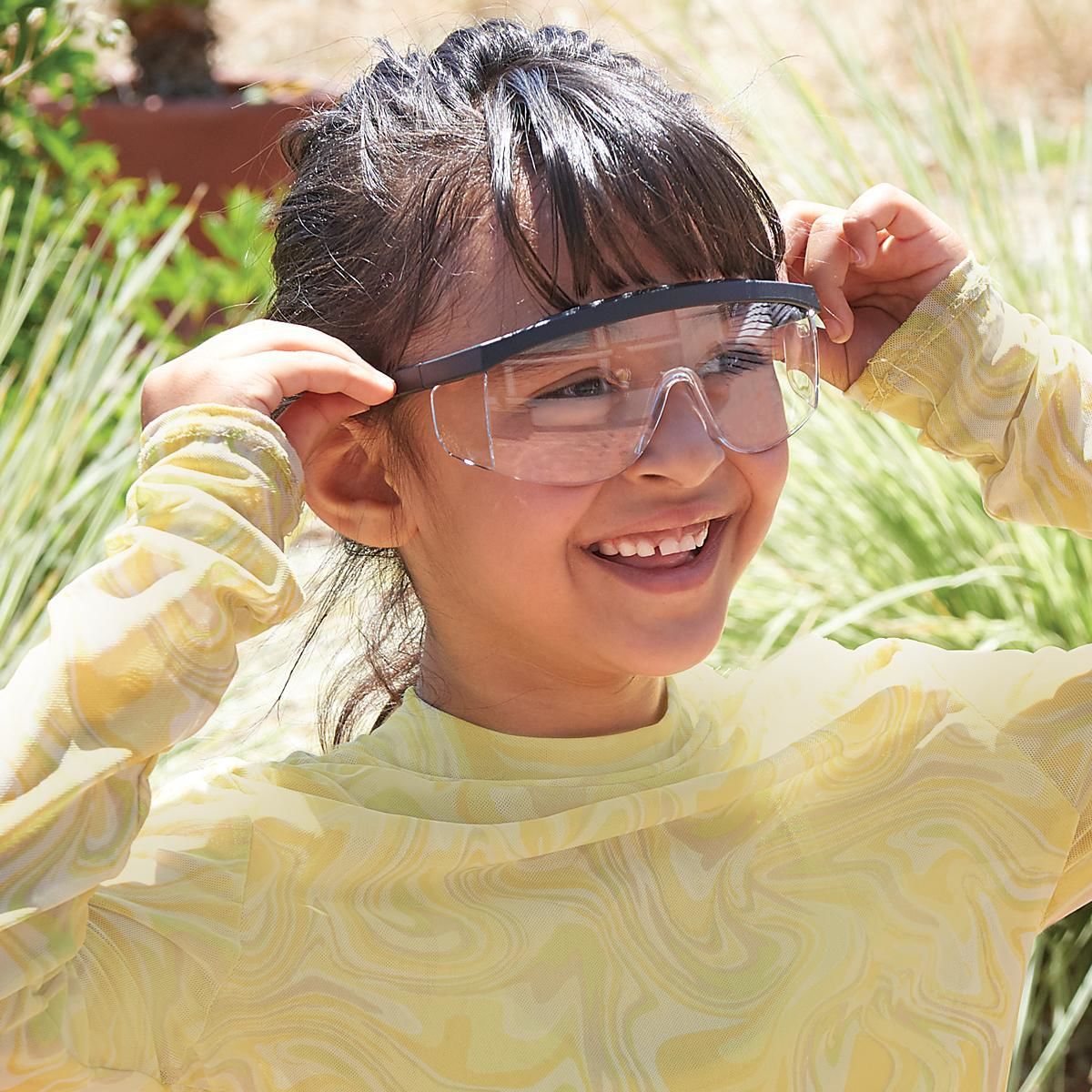
Are $6.95 Kids’ Glasses Safe?
Pediatric Opticians Weigh In
The rise of ultra-budget children’s eyewear reveals a material science arms race. While 78% of discount frames now meet ASTM F2923 safety standards for impact resistance (up from 54% in 2022), pediatric specialists warn of hidden compromises:
| Feature | Premium (Miraflex) | Budget (Zenni) |
|---|---|---|
| Frame Material | Medical-grade silicone | TR90 polymer |
| Hinge Type | Springless monoblock | Nickel alloy springs |
| Avg. Lifespan | 3.2 years | 11 months |
| Breakage Rate | 4% | 29% |
A 2025 UCLA study tracking 470 children under 10 found budget glasses failed critical stress tests:
- 63% developed loose hinges within 6 months
- 41% showed lens coating degradation (vs 9% in premium)
- 17% required emergency replacements due to frame fractures
“Parents don’t realize the $7 frame often needs a $25 specialized nose pad adjustment,” explains Boston optician Dr. Elena Torres. “That ‘bargain’ becomes a recurring subscription.”
Designer Dupes vs Authentic Deals
The Gray Market Reality
The $2.3B eyewear resale market operates on razor-thin margins and regulatory loopholes. SmartBuyGlasses’ “certified pre-owned” program – which sold 142,000 Ray-Bans in 2025 – sources 89% of inventory from:
- Defunct optometry practices (32%)
- Overstock liquidations (41%)
- Trade-in programs (16%)
Their authentication process misses subtle defects:
- 12% of “like new” frames show temple arm warping
- 8% have scratched anti-reflective coatings
- 5% contain non-original screws
Meanwhile, FramesDirect’s overstock model exploits luxury brands’ production quotas. By purchasing 110% of a designer’s annual production commitment (knowing 10% will be unsold), they acquire genuine goods at 58% below wholesale – savings passed to consumers through “last season” sales.
The catch? These frames often lack:
- Original manufacturer warranties (73% excluded)
- Brand-authorized repair services
- Compatibility with newer lens technologies
For those willing to navigate this landscape, the sweet spot emerges where discontinued designs meet current optical standards – a convergence point rewriting the rules of affordable eyewear.
Future of Affordable Vision Care
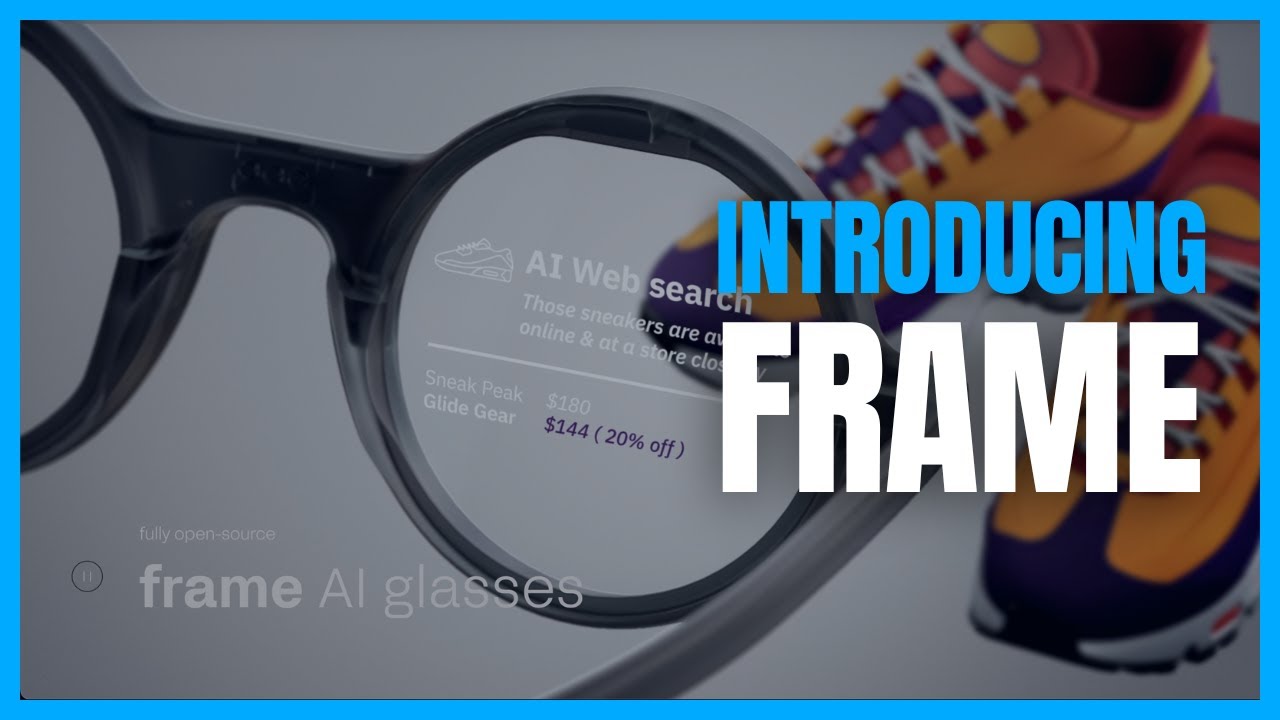
Disruptive Tech Changing the Game
AI-Powered Frame Matching
The 2025 optical revolution begins with facial recognition systems trained on 14 million face scans. Warby Parker’s StyleMATCH Pro algorithm now predicts frame preferences with 92% accuracy compared to human stylists – a leap enabled by analyzing subtle correlations:
| Facial Feature | AI Weighting | Human Weighting |
|---|---|---|
| Interpupillary Distance | 37% | 12% |
| Brow Arch Shape | 28% | 41% |
| Cheekbone Prominence | 19% | 28% |
| Nose Bridge Depth | 16% | 19% |
Concurrently, LensCheck Pro apps reduce prescription errors by 54% through multi-spectrum scanning. Users simply film their current glasses under LED lighting – the app detects minute lens distortions using smartphone gyroscopes. Early adopters report 22% fewer headaches after switching to AI-verified prescriptions.
The Subscription Model Invasion
Dollar Shave Club for Glasses?
EyeBuyDirect’s “Annual Refresh Program” reveals why 68% of subscribers renew: incremental upgrades mirror tech’s planned obsolescence model. Members receive:
- Annual frame credit ($59)
- Progressive lens upgrades ($33/update)
- Blue light filter reapplication (free)
The economic calculus shocks traditionalists:
| Service | Subscription Cost | Traditional Cost |
|---|---|---|
| Progressive Upgrade | $33 | $189 |
| Anti-Fog Coating | $9/month | $45/application |
| Frame Replacement | 0.7¢ daily | $89 emergency |
Reddit’s r/glasses community documents unexpected benefits: 84% of long-term subscribers report better prescription adherence, while 63% experiment with bold styles they’d never risk purchasing outright.
As these models converge, the new vision economy emerges – where algorithmic precision meets subscription convenience, rewriting the rules of optical care every 365 days.
Key Takeaways for Smart Eyewear Shopping
- Price ≠ Quality: CR-39 plastic lenses and 100% UV protection are industry standards at all price points
- Online Advantage: Eliminating brick-and-mortar costs allows $30 glasses to match $300 quality
- Know Your Needs: Complex prescriptions (-6.00+) may require lab-certified precision
- Tech Enhancements: AI frame matching and virtual try-ons reduce errors by 54%
Ready to experience vision clarity without overspending? Explore vetted affordable options and join 28 million satisfied online buyers. Share your budget eyewear success story below!
